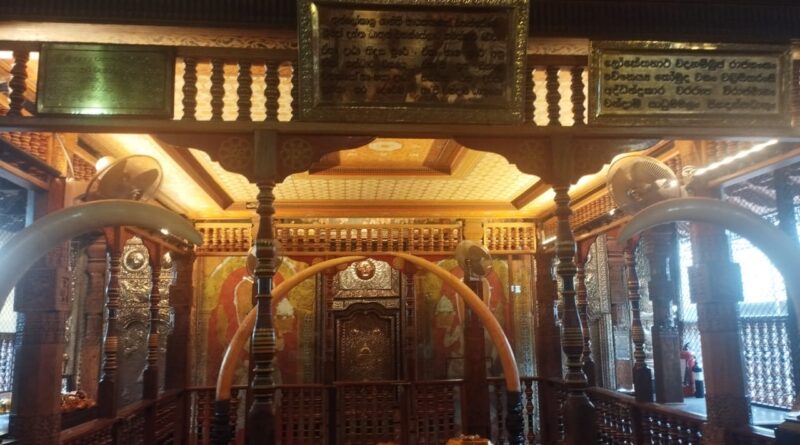Temple of the Sacred Tooth Relic: A Pillar of Sri Lankan Spiritual and Cultural Heritage
Unveiling the Sacred Beauty: The Stunning Interiors of the Temple of the Tooth Relic
SRI LANKA SERIES-8
BILKULONLINE
By Rafat Quadri
Ahmedabad, Nov 14: The Temple of the Sacred Tooth Relic, known locally as Sri Dalada Maligawa, stands majestically in the heart of Kandy, Sri Lanka, as one of Buddhism’s most revered pilgrimage sites.
Since ancient times, the relic has played an important role in local politics because it is believed that whoever holds the relic holds the governance of the country. The relic was historically held by Sinhalese kings. The temple of the tooth is a World Heritage Site mainly due to the temple and the relic.
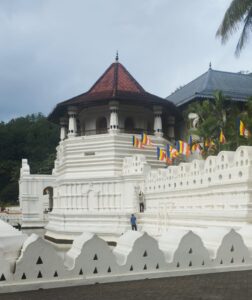
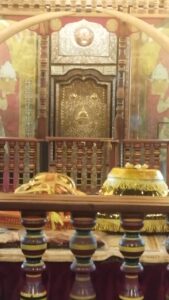
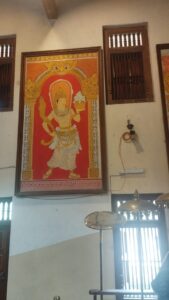
Enshrined within its walls is the sacred tooth relic of Lord Buddha, a centuries-old artifact that holds profound religious and political significance for Sri Lanka’s Buddhist population. Designated a UNESCO World Heritage Site in 1988, this temple attracts thousands of local and international devotees, offering an experience steeped in ritual, reverence, and history.
The Temple of the Tooth Relic is designed in the Kandyan architectural style. Once inside, you will notice the stunning artwork and complex carvings in wood, gold, silver, ivory, and bronze.
Nestled within Kandy’s Royal Palace Complex by the serene Kandy Lake, Sri Dalada Maligawa is an architectural masterpiece adorned with intricate carvings, murals, and golden embellishments. The entrance to the temple is a grand gateway that leads visitors through a sequence of richly decorated chambers, each more splendid than the last. Within these spaces, the Hundred Dragons Hall captivates visitors with its rows of Buddha statues that line the walls, offering blessings to all who enter.
Housed within a series of golden and jeweled caskets that sit atop a solid gold lotus flower, the relic is rarely displayed to the public, emphasizing its sanctity. These caskets, symbolizing layers of protection, are arranged within an ornately decorated two-story shrine that lies in the temple’s innermost chamber. Offerings of flowers, most often lotuses, are continuously placed before the shrine, filling the air with the scent of incense, while soft chants create a peaceful, otherworldly ambiance.
Rituals, Festivals, and the Esala Perahera
The Temple of the Sacred Tooth Relic is not only a site for quiet devotion but also a lively hub of cultural activity. Daily prayer ceremonies give devotees a chance to participate in time-honored rituals, though the relic itself remains hidden from view, protected within its golden casing.
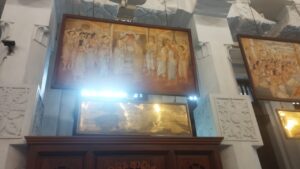
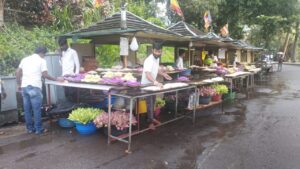
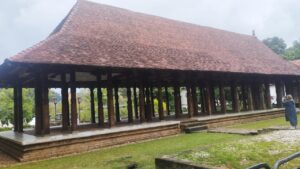
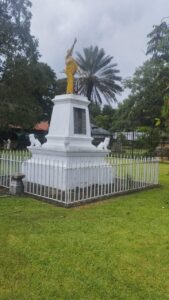
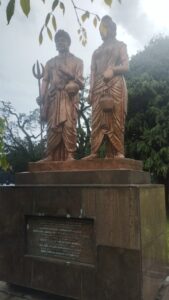

The Esala Perahera, one of Sri Lanka’s most spectacular cultural festivals, is celebrated annually in Kandy to honor the sacred relic. During this vibrant procession, traditional dancers, drummers, fire performers, and colorfully adorned elephants parade through the city streets, accompanied by a cacophony of drums, chants, and bells. The festival, which typically takes place in July or August, draws thousands of pilgrims and tourists who gather to witness this extraordinary celebration of faith and heritage. The highlight of the event is the moment when the golden casket, symbolizing the sacred tooth, is paraded on the back of an elephant—a tradition that emphasizes the importance of both the relic and the temple in Sri Lanka’s cultural identity. Don’t miss the colourful Kandy Esala Perahera, a grand procession featuring elephants, dancers, and drummers, held annually in July or August.
Rituals are performed three times daily: at dawn, at noon and in the evenings. On Wednesdays there is a symbolic bathing of the Sacred Relic with an herbal preparation made from scented water and fragrant flowers, called Nanumura Mangallaya.
Raja: The Beloved Ceremonial Elephant of Sri Dalada Maligawa

One of the most cherished figures associated with the Temple of the Sacred Tooth Relic was Raja, a remarkable Sri Lankan elephant who served as the chief ceremonial elephant for over 50 years. Born in 1913 in the jungles of Eravur, Raja was donated to the temple in 1937, where he became an integral part of the annual Esala Perahera festival. Raja’s gentle demeanor and dignified presence were legendary, and he carried the golden casket containing the tooth relic with unmatched grace.
(Rafat Quadri can be contacted at editorbilkul@gmail.com)
Kindly visit BILKULONLINE You Tube Channel and Subscribe. Thanks. Link for this story below:

